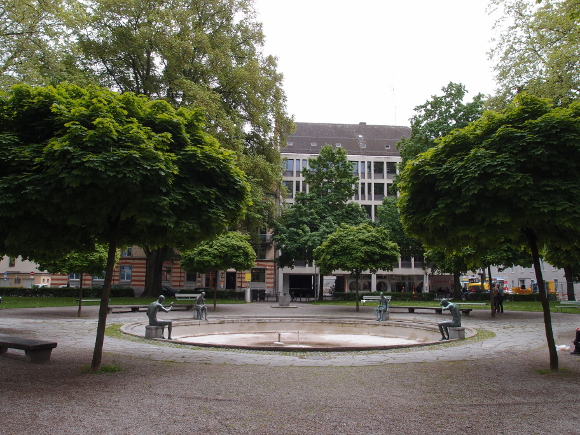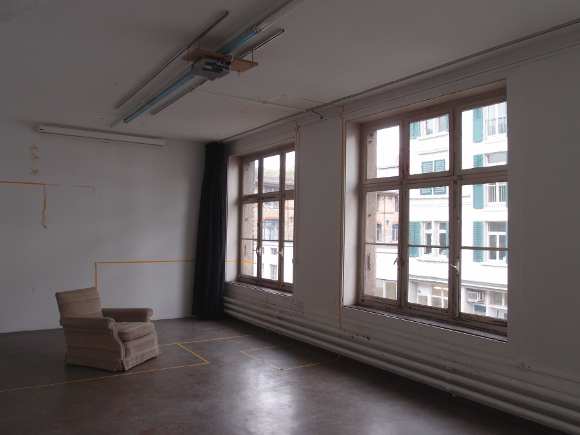|
"Sounding Place" Technique: text
Zürcher Hochschule der Künste May 17, 2013
I'm interested in how places sound but, more than this, I'm interested in what makes a "place," as opposed to just a "space." What is "place", what is "space." How does sound contribute to the production of space, to its transition into a place? And what is our part in all of this? When we experience a place, thinking of its sounds later on, how does this memory map onto the place we currently find ourselves in? Does this contribute to the making of a new place, within the space of memory? Does the space of memory colliding with the space of the here and now create the places we move through? Spending time in Klingenpark is not just an exercise in listening, though one could argue that in today's hectic, blown out world just taking the time to stop and listen could only be a good thing. But, more than this, I'm interested in how the audio image of a place burns into our memories and how this afterimage transposes itself on the next place we find ourselves in (in this case, the installation space in the building on the Hafnerstrasse). Sitting in this room after leaving Klingenpark, what traces remain, what residue forms our perception of the new space, creating which new place? A place of listening (again), a place of memory, all of this, none of this? One of the main schools of inquiry in the practice of sound installations has been to work with the idea of sound as a plastic medium, using a sound in a space to shape how we perceive that space; being able to perceive that sound from all its perspectives and in all its contexts with relation to the installation space. But what about the memory of a sound? Can this also be a point of reference in how we perceive a space, moving around our perception of these memories as one moves around a sculptural object (of stone, wood, etc) in a space? This object affecting our perception of the space as we change our position around it, creating a place of memory sounding. Normally, I prefer to show work outside an art space, be it a museum, a gallery, any place designated as a container for art. I more enjoy working with public spaces, whether they are outside in a park or inside in a stairwell or in the underground passages of a train station. When entering an art space with the idea of experiencing a work of art in mind, we already arrive with many preconceived assumptions intact. And in more cases than not, I find myself working against this set of expectations I've brought with me (to be "entertained," to be "bored," to be "stimulated," to be "moved", etc.). And for these reasons a non-art-designated space seems to allow more latitude for a person to experience a work of art for what it is, as opposed to what it should fulfill. But what about working precisely with these assumptions? What about taking the art space for what it is and including it as the work of art at hand? In the case of "Sounding Place," what is actually here sounding? What is the function of the installation space? Why do we need to come back to it after going to Klingenpark? Why not just go back to another room? Or just go home? These are some of the questions I'm interested in thinking about in "Sounding Place."
|

